Ivy, and I don't want it
mownie
9 years ago
Featured Answer
Comments (14)
Kimmsr
9 years agoTiffany, purpleinopp Z8b Opp, AL
9 years agoRelated Professionals
Foothill Ranch Landscape Architects & Landscape Designers · Franconia Landscape Architects & Landscape Designers · Lyons Landscape Architects & Landscape Designers · South Orange Landscape Architects & Landscape Designers · Amesbury Landscape Contractors · Brandon Landscape Contractors · Inglewood Landscape Contractors · Las Vegas Landscape Contractors · Live Oak Landscape Contractors · Mahwah Landscape Contractors · Morrisville Landscape Contractors · New Braunfels Landscape Contractors · Rockwall Landscape Contractors · Waldorf Landscape Contractors · Suisun City Landscape Contractorsmownie
9 years agorhizo_1 (North AL) zone 7
9 years agorhizo_1 (North AL) zone 7
9 years agobreenthumb
9 years agoTiffany, purpleinopp Z8b Opp, AL
9 years agomissingtheobvious
9 years agomownie
9 years agocholmes28
9 years agoKimmsr
9 years agolisanti07028
8 years agoTiffany, purpleinopp Z8b Opp, AL
8 years ago
Related Stories

LIFEYou Said It: ‘Just Because I’m Tiny Doesn’t Mean I Don’t Go Big’
Changing things up with space, color and paint dominated the design conversations this week
Full Story
GROUND COVERSNative Alternatives to English Ivy, Japanese Pachysandra and Periwinkle
These shade-loving ground covers are good for the environment and say something about where you are
Full Story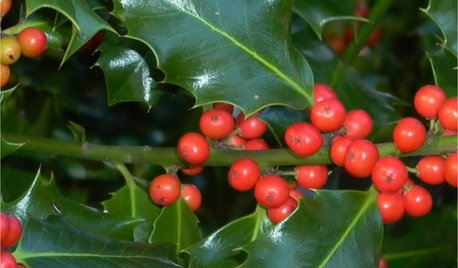
GARDENING GUIDES9 Holly and Ivy Plants for Good Tidings in the Garden
Spread Christmas joy all year round with the gorgeous foliage and bright berries of these evergreen plants
Full Story
WALL TREATMENTSCan't Find the Right Wallpaper? Make Your Own
For one-of-a-kind walls, just use your imagination. Custom wallpaper is easier and less expensive than you might expect
Full Story
DECORATING GUIDESThe Dumbest Decorating Decisions I’ve Ever Made
Caution: Do not try these at home
Full Story
EXTERIORSHelp! What Color Should I Paint My House Exterior?
Real homeowners get real help in choosing paint palettes. Bonus: 3 tips for everyone on picking exterior colors
Full Story
DECORATING GUIDESSay 'I Do' to Beautiful Wedding Memory Displays
You'll love and cherish these creative vignettes, artwork and more that keep the happiness of your special day at hand
Full Story
FUN HOUZZEverything I Need to Know About Decorating I Learned from Downton Abbey
Mind your manors with these 10 decorating tips from the PBS series, returning on January 5
Full Story
COLOR8 Color Palettes You Can't Get Wrong
Can't decide on a color scheme? Choose one of these foolproof palettes for a room that feels both timeless and fresh
Full Story





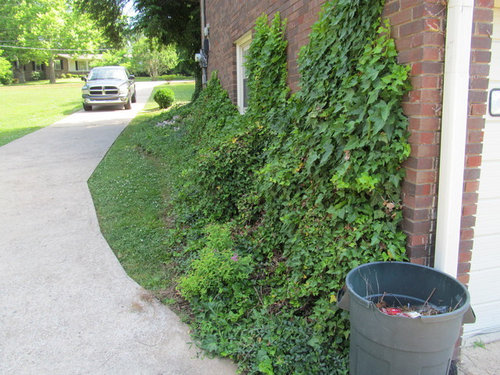
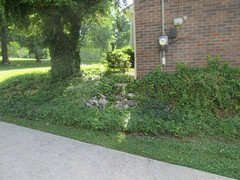

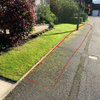
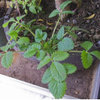
mownieOriginal Author